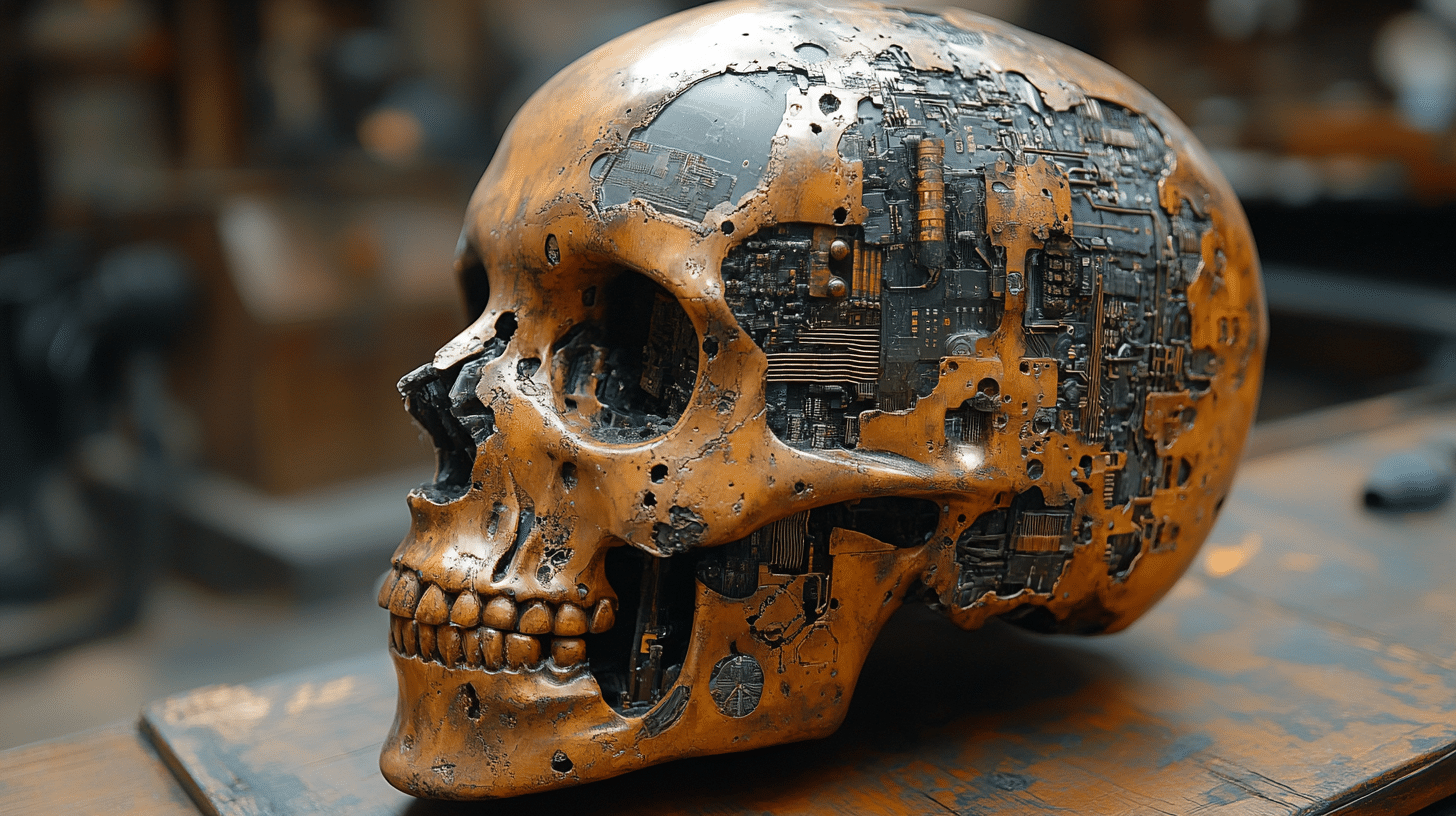The first and second waves of the hype surrounding artificial intelligence (AI) have clearly subsided. Companies that had high expectations are now faced with the question: What actually works and which promises have not been fulfilled? A critical look at the AI hype cycle shows what companies can really expect from AI and what the future holds.
Headlines in recent years have been full of exuberant expectations for artificial intelligence. From self-driving cars dominating our roads to machines taking over our jobs, the imagination seemed to know no bounds. But while some advances have been impressive, there have also been numerous disappointments. Now that many companies have left the initial euphoria behind them, they are asking themselves: Is AI really dead?
The short answer is no, but the hype around AI has changed.
The first and second waves of AI
The first wave of AI hype was mainly driven by machine learning and initial successes in image and speech recognition. Technologies such as chatbots, facial recognition and recommendation systems seemed set to revolutionise the future. However, as so often in the tech world, reality failed to live up to the high expectations. Many of these systems worked well in simple scenarios but failed when faced with more complex tasks.
The second wave focused on deeper applications of AI, such as neural networks and so-called ‘deep learning’ models. Companies invested heavily, attracted by the hope of autonomous systems that would solve complex problems and massively increase efficiency. But here, too, many promises remained unfulfilled. In particular, expectations were not met in the area of autonomous vehicles or fully automated processes.
What went wrong?
A key point of failure lies in the overestimation of AI’s capabilities. Many companies underestimated the complexity of the real world and at the same time overestimated the ability of algorithms to adapt to it. It turned out that while AI systems are excellent at performing certain, well-defined tasks, they often reach their limits in unpredictable and complex situations.
Another problem was the poor quality of the data. AI requires vast amounts of data to learn and make accurate predictions. In reality, however, many companies struggle with inaccurate, incomplete or biased data, which significantly limits the performance of AI.
What actually works?
Despite these setbacks, there are areas where AI technologies really do offer added value. In facial recognition, for example, the progress is impressive. Systems like AVA X’s Sentinel LIVE use AI for real-time monitoring and recognise faces with a high degree of precision. With an accuracy rate of over 99.82%, this system even outperforms giants like Google. AI also shows real strengths in speech recognition and in applications in the field of big data analysis.
In healthcare, AI is used to improve imaging techniques, recognise patterns in large amounts of data and support diagnoses. In the financial sector, algorithms also help to identify fraud patterns or make investment decisions.
The AI hype cycle – a sobering view
Like every new technology, AI goes through what is known as a ‘hype cycle’. Initially, there is a phase of exaggerated expectations, in which the technology is seen as a solution to all problems. But then comes a phase of disillusionment, in which the technological limitations become apparent. Companies are beginning to understand that not every application of AI will immediately lead to groundbreaking results.
The good news is that after this period of disillusionment comes the ‘enlightenment phase’. Companies begin to realistically assess the limitations and possibilities of AI and use the technology where it really makes sense.
What can companies really get out of AI?
For businesses, this means that it is not a question of whether AI is ‘dead’ or not, but rather of where and how it is used. The days of exaggerated promises are over, but AI has only just begun to realise its potential. Those companies that see AI as a tool and not as a miracle cure are the ones that will succeed in the long term.
The keys to success lie in focusing on real-world problems that can be solved by AI and in the availability of high-quality data. Organisations need to be aware that AI takes time, resources and a solid data foundation to deliver real benefits.
AI is far from dead – it’s just beginning
The AI revolution may be slower than initially expected, but it is far from dead. Rather, it is now entering a more mature phase in which it is gradually changing the way we live and work. Companies that properly leverage the potential of AI will experience massive efficiency gains and new innovations in the coming years. The future of AI has only just begun – and it is anything but dead.
Conclusion: companies should see the AI hype cycle not as a failure, but as a learning process. AI has enormous potential, but it must be realistically assessed and cleverly used. Although the initial hype has subsided, AI is anything but dead – it is alive and ready to change the world forever.


